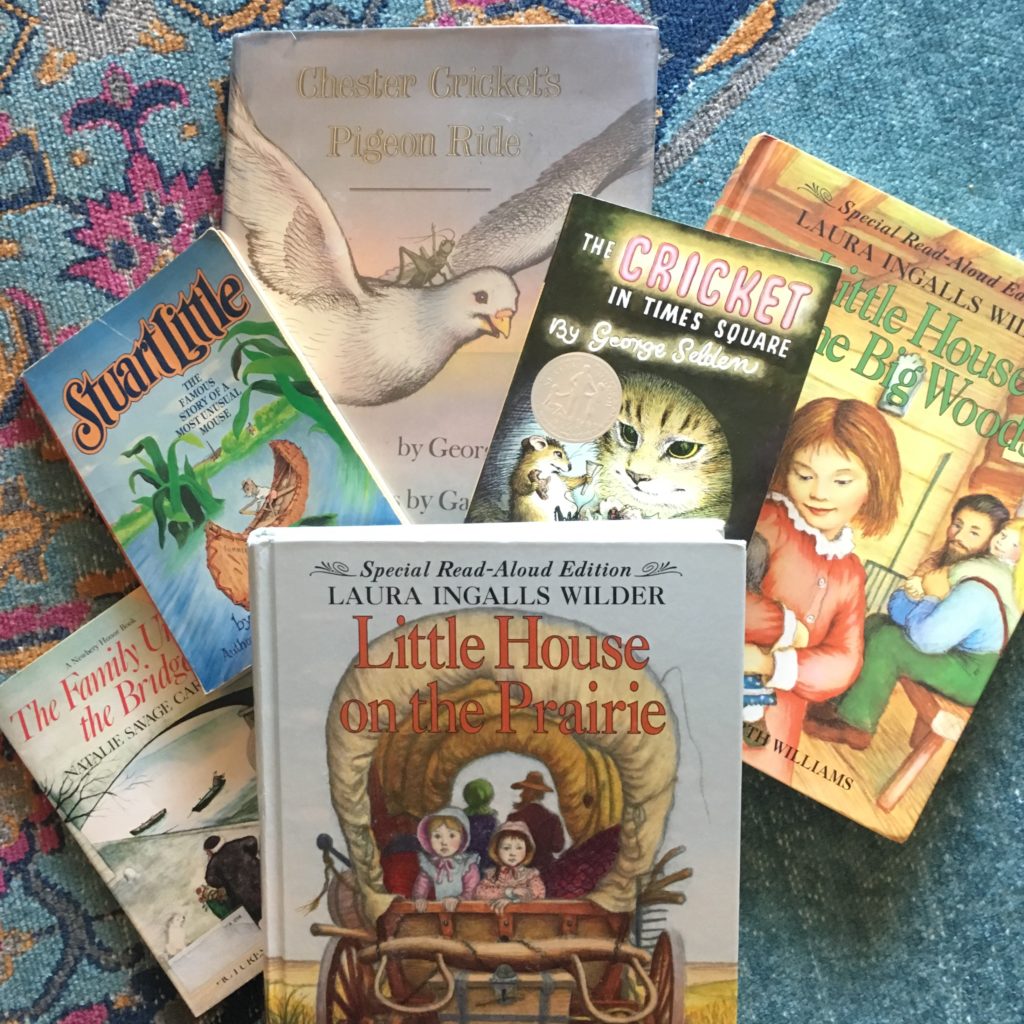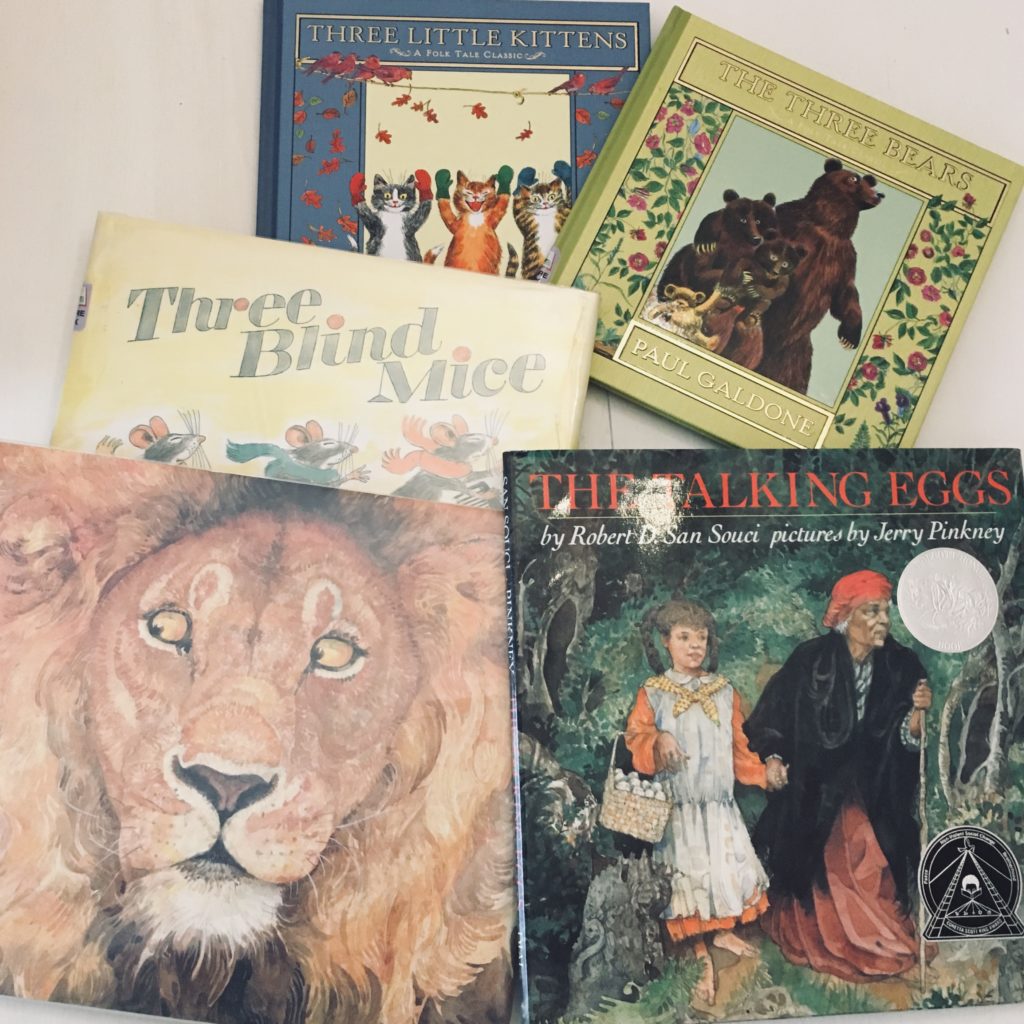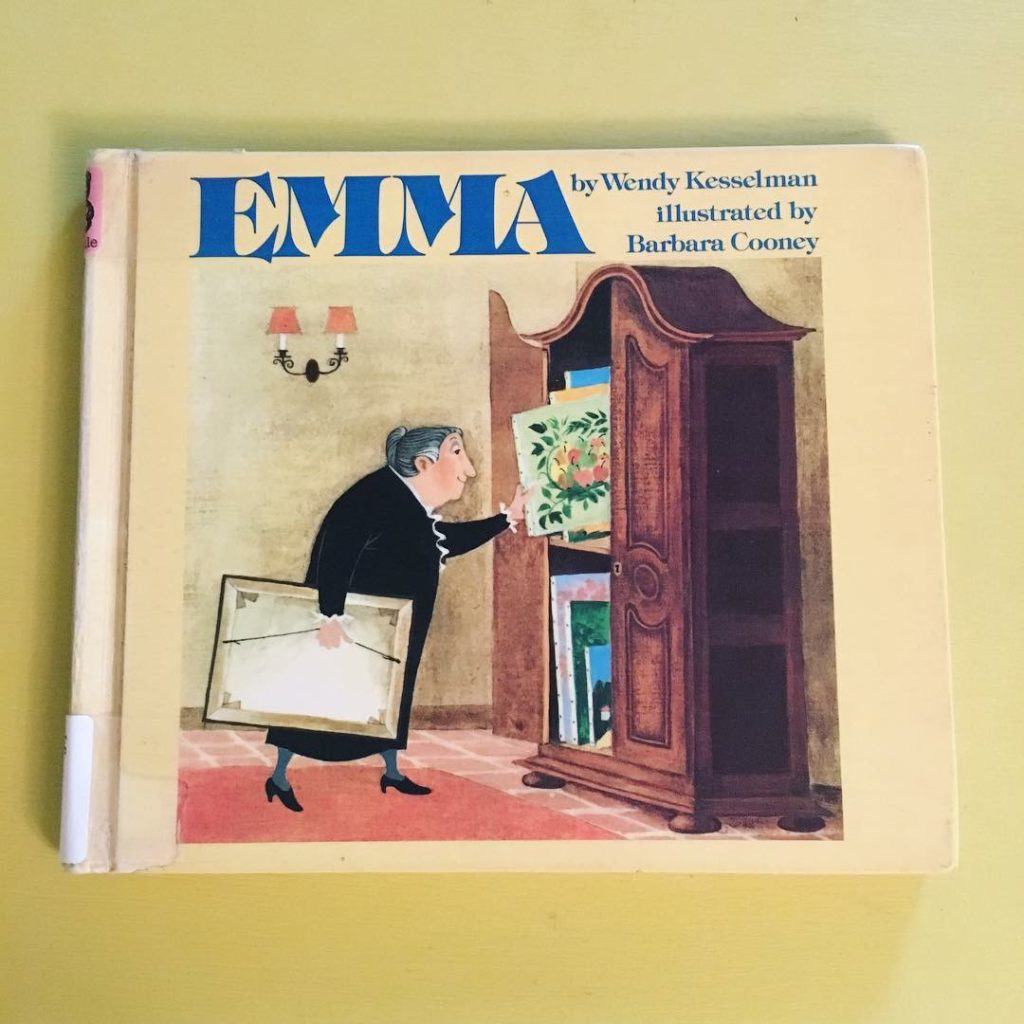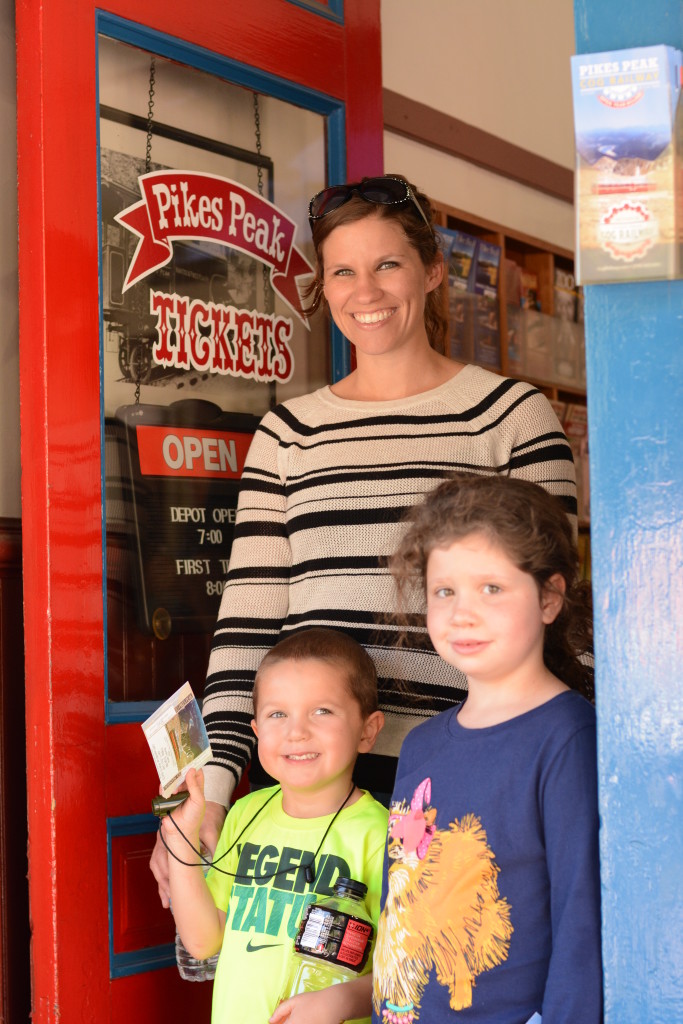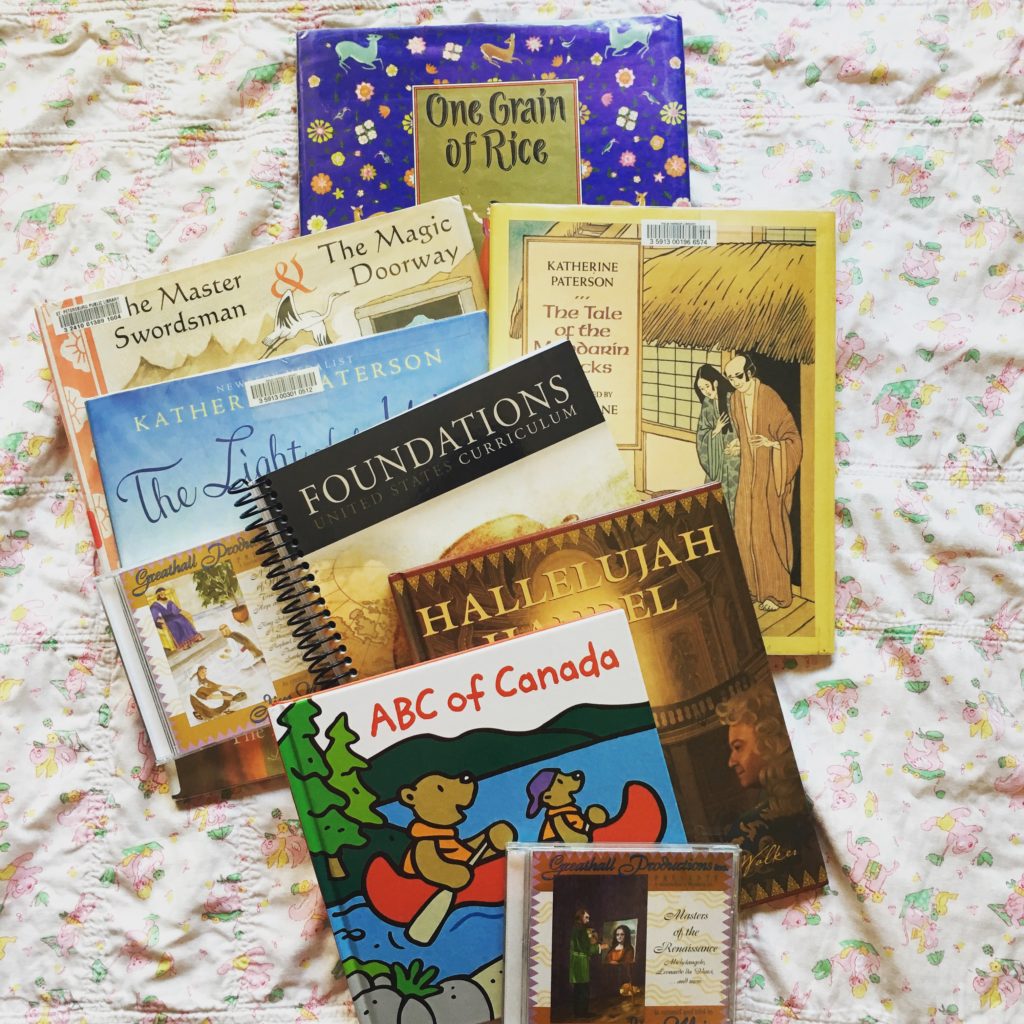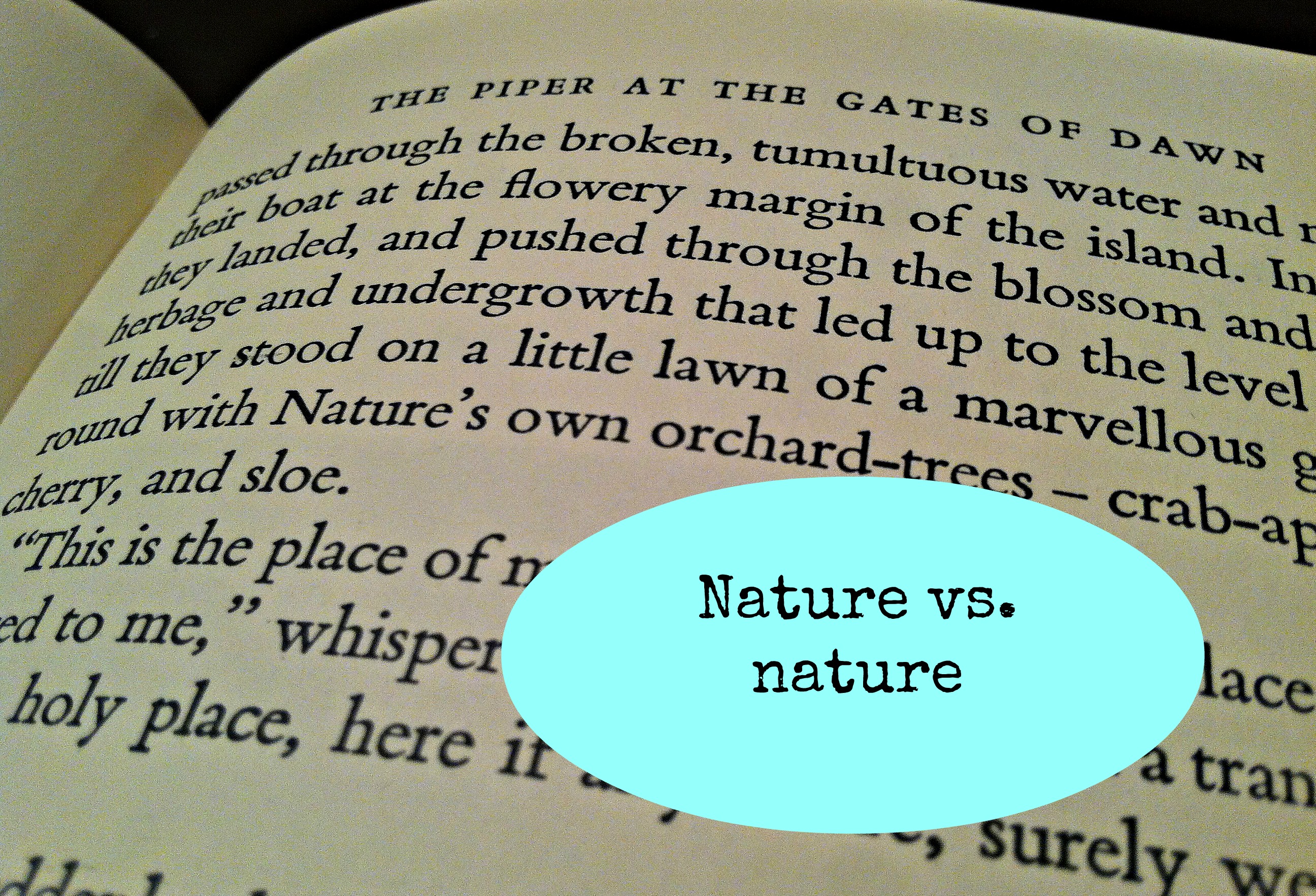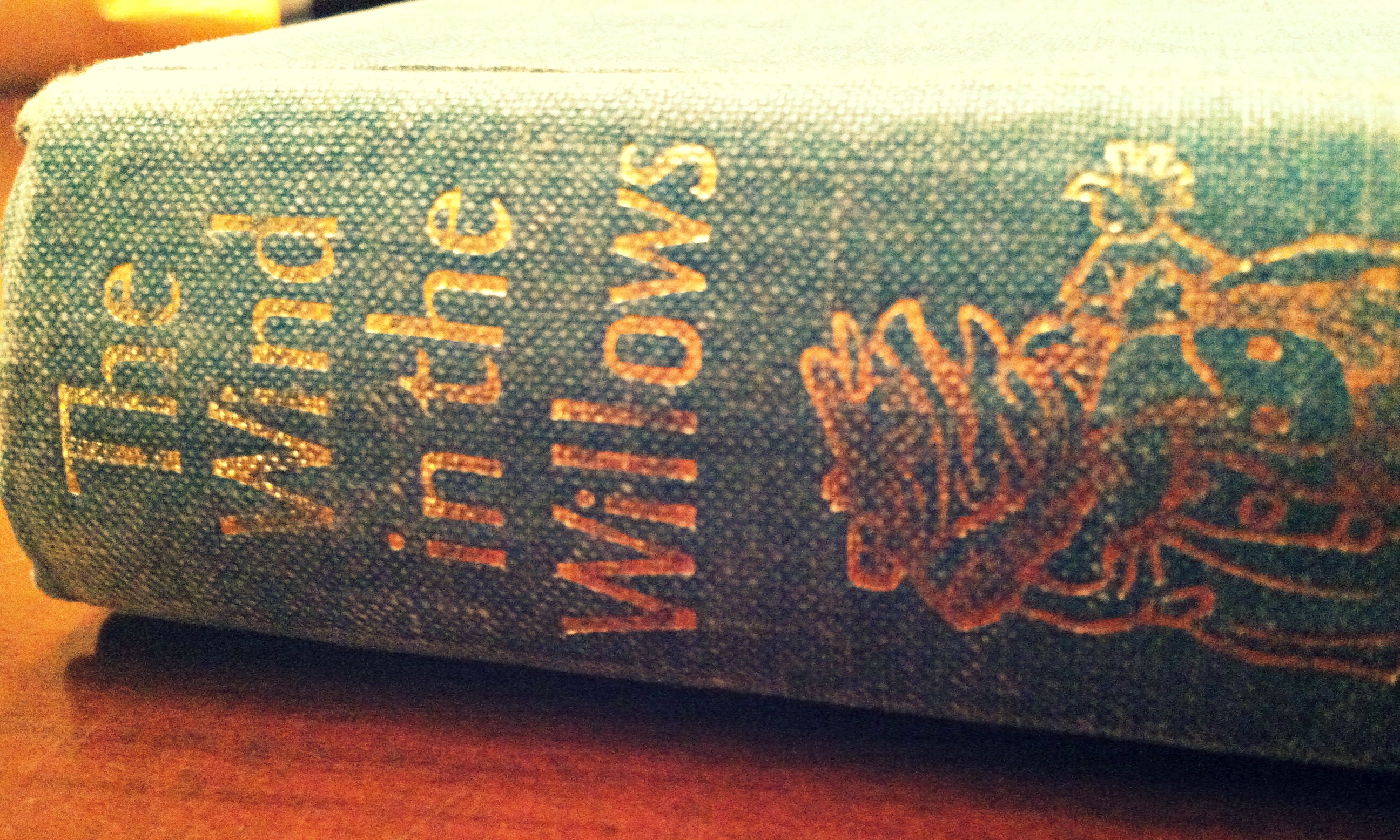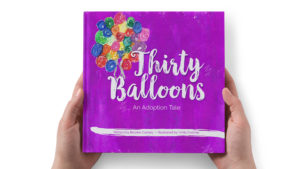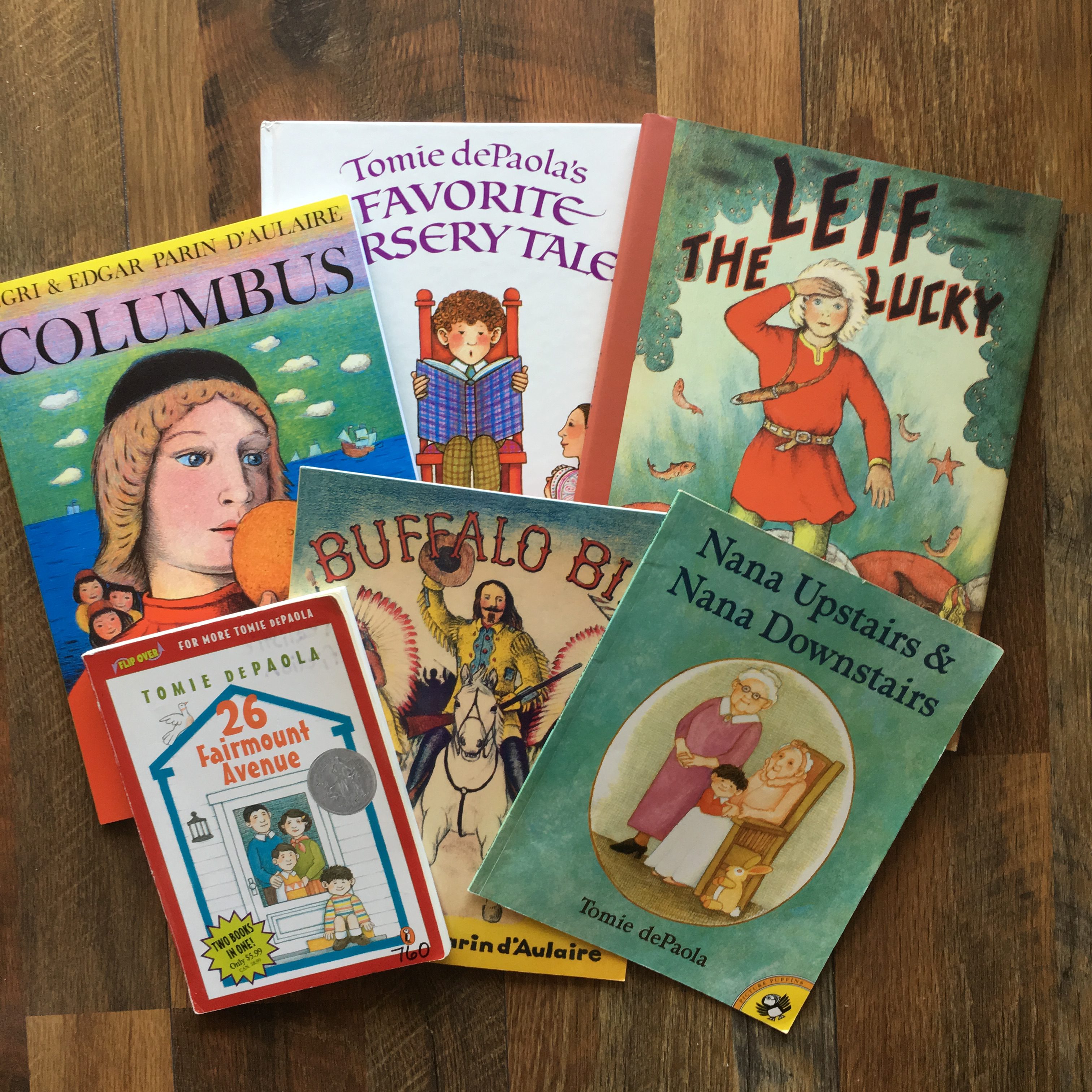
As we end this series, I must say that narrowing my choice to only ten children’s book illustrators you should know is more of a difficult task than you might presume. I have at least three others I could recommend to you, but alas, I will keep to the ten I initially promised and provide you with one for whimsy and one for historical content to finish up.
First up, Tomie DePaola. Tomie Depaola was born in 1934 in Connecticut. He has illustrated and or written over 260 children’s books. His work has won numerous awards including the Newberry Honor Award and the Caldecott Honor Award as well as the Smithsonian Medal from the Smithsonian Institute.
I love Mr. Depaola’s childlike illustrations for their vibrant colors, their fun spirited appeal, and their friendliness. His autobiographical stories are my very favorite and are sure to tickle your funny bone! Here are a few for you to enjoy:
Ingri and Edgar Parin D’Aulaire were a husband and wife team who immigrated to America from Europe shortly after their marriage. They were both born at the dawn of the 20th century and both passed away in the 1980’s. Ingri and Edgar collaborated on the art and text of all their works including their incredible biographical accounts, one of which, Abraham Lincoln, earned them a Caldecott Medal. The couple traveled and studied extensively for their biographical accounts making these children’s books notable for historical context in addition to the stunning stone lithograph illustrations.
Leave a Comment





















